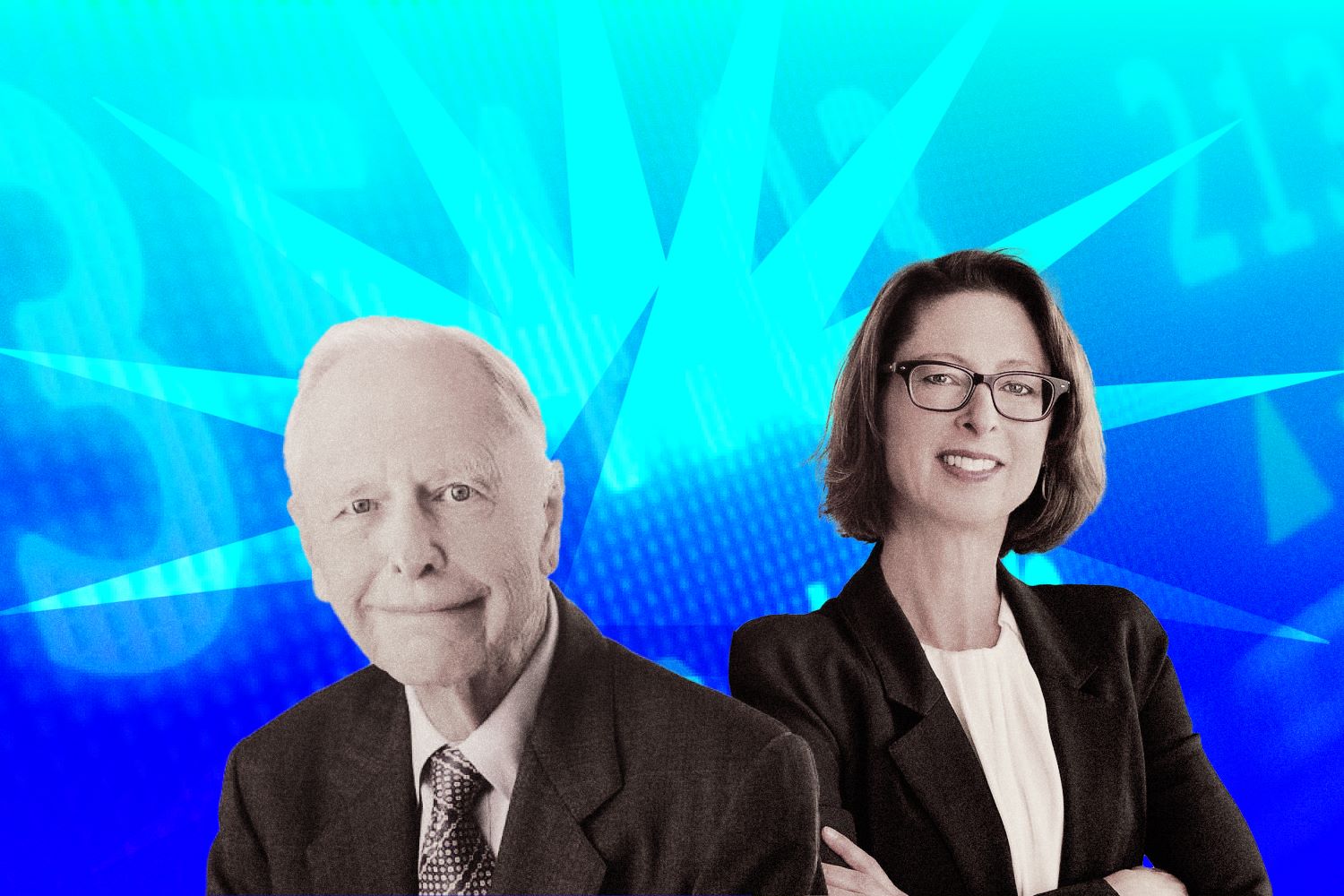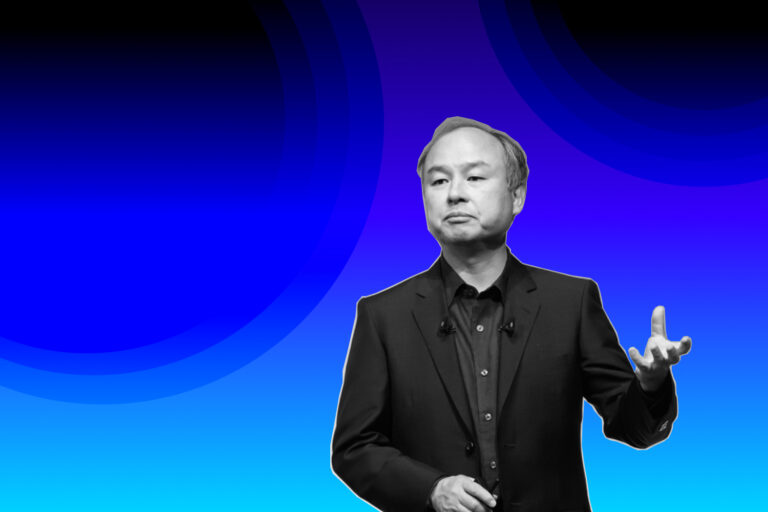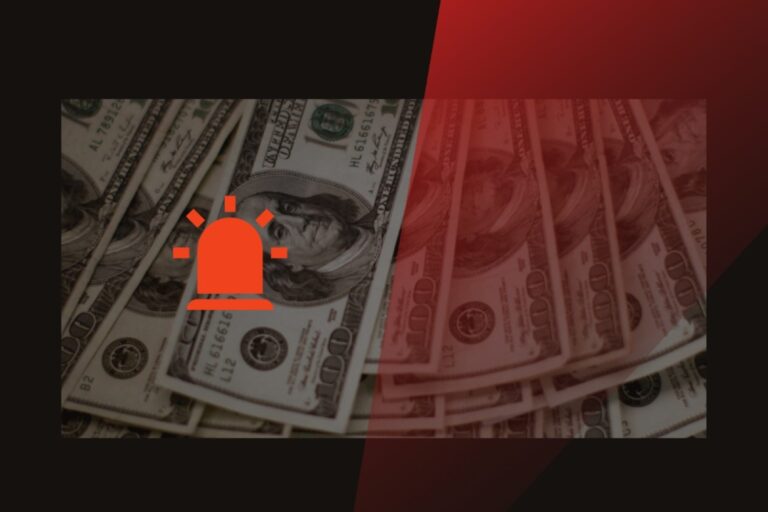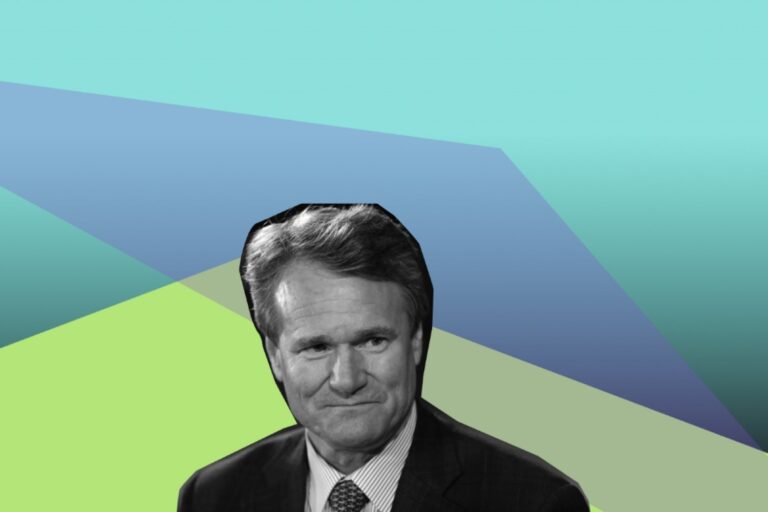Fidelity – The Tale Behind America Largest 401(k) Plan Provider
401(k)s are the most popular retirement savings plan. More than 60 million Americans—or about 38% of the working population—use one to invest money they’ll live off in retirement. A company that offers a 401(k) plan typically offers employees a choice of several investment options. The options are usually managed by a financial services advisory group.
We are all heard about Fidelity as the nation’s largest provider of 401(k) saving plans. As a normal person trying to find a good savings plan, Fidelity can be a good fit. However, not many people are aware of how big the provider has become over the course of its 78 years history.
Fidelity Investments has been around for a while, that’s why their story holds the insights that need to be told and listened. Let’s start with their inception.
From a Side Hobby to a Big Fortune – How Fidelity Got Start
The story of Fidelity dates back to an American lawyer named Edward Crosby Johnson II, who was born on January 19, 1898, to a well-off family. His father, Samuel Johnson, was a partner at a leading local department store called CF Hovey and Co.
This afforded Edward the luxury of pursuing education, which was rare at the time, as only 4.5% of even whites had a Bachelor’s or higher degree. Edward attended an elite boarding school called Milton Academy, which currently charges $76,000 for boarding students and $66,000 for day students.
Around the time Edward graduated in 1916, the world was at the peak of World War I, leading him to enlist in the United States Naval Reserve and serve as a 2nd class radioman for approximately a year.

After his service, Edward returned to Harvard, where he earned a Bachelor’s degree in 1920 and a Juris Doctor in 1924. Unlike some who earned prestigious law degrees and never used them, like Peter Thiel, Edward secured a strong job as an associate at a Boston-based law firm called Ropes, Gray, Boyden, & Perkin.
Alongside his legal career, Edward had an interesting side hobby: investing in the stock market. Despite his strong educational background, Edward was very much part of the 1920s retail investing boom, similar to what we saw in the early 2020s. While the outcome of the 2020s boom remains unknown, the 1920s boom ended with the Great Depression.
Fidelity was actually born during the early stages of the Great Depression on May 1, 1930, starting off as a fund called the Fidelity Fund, which managed the money of a few wealthy Boston-based investors, including Edward himself. However, Edward was a passive investor for the first 13 years, focusing on his law career and spending 15 years as a trust lawyer at Ropes, Gray, Boyden, & Perkins.
By the 1940s, Fidelity Fund investors were starting to get irritated due to the fund’s stagnant performance over the years. As a result, in 1943, they elected Edward as the new president and director. Within just two years, Edward grew the fund from $3 million to $10 million. This growth was somewhat misleading as much of it was due to Edward infusing some of his family’s trust fund into the Fidelity Fund.
Nonetheless, his conviction to invest more and the rapid growth of assets under management instilled confidence in investors that Edward was the right man for the job. With their support, Edward established Fidelity Management & Research Company LLC in 1946, leading to the formation of Fidelity as we know it today.
How Has the Firm Transformed the Industry?
Back in 1946, Fidelity was still very much a background operation that served background investors. Their specialty was professional money management and white-glove client services for wealthy investors which set the stage for a new generation of investors.
In fact, many of Edward’s investing philosophies are what eventually became common knowledge. For example, “when investing, you shouldn’t follow the crowd.” There’s even that one famous Warren Buffett quote that’s like “Be fearful when others are greedy and greedy when others are fearful.” Well, this ideology was actually pioneered by Edward back in the 40s who believed that it was better to take intelligent risks rather than follow the crowd.
Throughout all of the 50s and 60s, Fidelity operated as a money manager for the wealthy. But, over the years, they have slowly trended toward the retail market and this expansion started in 1977 when Edward Johnson II stepped down and let his son, Edward Johnson III, take over the company. Edward III had a completely different vision than his father.
Edward III wanted to make Fidelity a household name. This was exactly what Charles Schwab was working on and Jack Bogle had just started Vanguard, so you could say that Edward III felt the currents of change.
With that in mind, Edward III started implementing measures that would make it easier for everyday people to engage with the market. This began with becoming the first company to accept checks into money market funds. They would also become the first company to offer quotes 24 hours a day through a computerized telephone system.
Before making too many changes though, Edward III made the smart decision to consolidate power. In 1980, he created a new independent entity that was purely owned by his family and employees of the company, which is actually very important to note.
Fidelity doesn’t really have any outside investors or private equity owners. It’s 49% owned by the family and 51% owned by their employees. It’s very impressive that they’ve been able to maintain that structure through all these years.
But anyway, moving into the 1980s, Fidelity would see two developments that basically made the modern Fidelity. First, in 1982, they entered the brand new 401(k) market, which fun fact wasn’t even created till 1978. And two, in 1984, Fidelity entered the brand-new computer-based stock trading industry. This gave them the perfect entry into the employer-sponsored retirement market, which launched the company to new heights.
But not all of this was thanks to Edward III. Another key player was Robert Pozen. Like Edward II, Robert was a lawyer by trade having graduated from Yale. He would go on to be an executive at Fidelity in 1987 who managed the company’s global portfolio, research teams, and insurance and credit card efforts. He would actually rise to become CEO of Fidelity in 1997.
He only served as CEO for four years, but during that time, he oversaw Fidelity’s assets grow from $500 billion to $900 billion largely thanks to the dot-com boom. And that brings us into the modern-day Fidelity.
Fidelity and Challenges in the 2000s

It was only in the 2000s that Fidelity got into the indexing game. Until then, they were purely money managers and retirement account providers. Their first ETF was a Nasdaq-based ETF launched in 2003, but despite their ubiquitous brand name, Fidelity has struggled with building a dominant ETF business.
Fidelity does manage tens of billions in ETFs, but in comparison to Vanguard and BlackRock, this is nothing. For perspective, the SPY alone has $500 billion in AUM, and the VOO has $1 trillion in AUM.
Likely the biggest reason for the discrepancy is Fidelity’s high expense ratios. Take the Fidelity Total Bond ETF, for example. They charge an expense ratio of 0.36%, which heavily eats into your yields. For perspective, the VOO has an expense ratio that is less than a tenth of that at 0.03%.
Breaking into index funds isn’t the only area in which Fidelity has struggled either. Another soft spot for Fidelity is venture capital. Fidelity used to have a wing called Fidelity Ventures, but that was shut down in 2010.
The Firm’s Take on Crypto Currencies
Abigail Johnson joined Fidelity in 1988 after attending Harvard as an analyst and portfolio manager. She worked her way up the rungs of the company and eventually became the company’s president in 2001, and this is where the odd behavior began. In 2004, she would try to turn the rest of her family against her father and vote him out of the company.
Apparently, this was because she disagreed with the direction her father was taking the company. But it was her father and grandfather who had taken the company from 0 to $1 trillion in assets, so it’s pretty hard to see that perspective. This seems like more of a power play. Fortunately, Abigail’s coup was unsuccessful in 2004, but she would eventually get the top job 10 years later in 2014.
Since then, her biggest contribution seems to be a more crypto-first approach. For example, in 2018, they launched their own crypto execution and custody platform for hedge funds and institutional investors. Similarly, in 2021, they applied for a Bitcoin ETF, which is currently their largest ETF in terms of assets, coming in at $9.2 billion.
They have also allowed investors to buy crypto in their 401(k) accounts. Likely the biggest sign that they’re huge crypto fans is their Bitcoin price prediction. I’m sure you’ve all heard $1 million price predictions or even $10 million price predictions.
But Fidelity actually has a $1 billion Bitcoin price prediction. They even have a chart for it. To be honest, I’m pretty sure they’re just making outrageous statements to drive more people into crypto and bolster their crypto AUM. But still, this just goes to show how optimistic they are about crypto.
Fidelity Branched Out to Fintech Arena
Fidelity Investments has branched out into the fintech with Fidelity Labs, an innovation arm established over a decade ago.
Unlike many large corporations’ incubation units that often falter due to internal politics and strategic misalignment, Fidelity Labs has successfully fostered a start-up culture within the company. This culture is characterized by agile, focused teams led by “founders” who are empowered to innovate and bring new business ideas to life quickly.
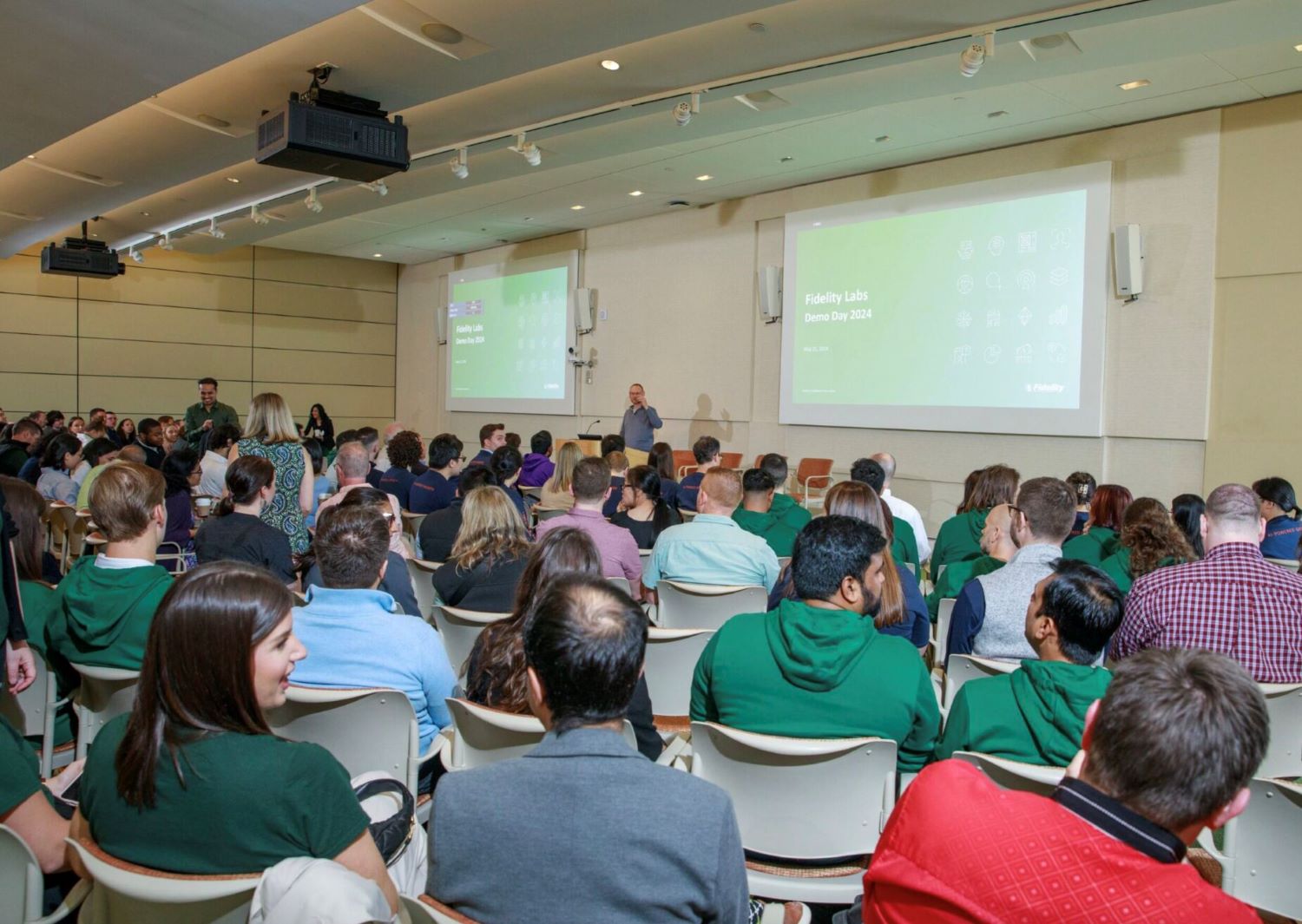
A prime example of this is Fidelity ESG Pro, a platform that helps financial advisors integrate Environmental, Social, and Governance (ESG) factors into their investment practices. By responding to market trends and customer needs, Fidelity Labs ensures that its ventures are market-first and aligned with the company’s broader strategic goals.
Fidelity’s approach to fintech emphasizes a deep understanding of market needs and adaptability based on early feedback. In developing ESG Pro, Fidelity Labs identified potential barriers, such as financial advisors’ hesitation to discuss ESG topics, and created tools like a neutral quiz to facilitate these conversations. This proactive problem-solving, along with minimizing dependencies on the core business, allowed the team to operate swiftly and independently.
As the product gained traction, it was strategically integrated into Fidelity’s broader operations. Fidelity’s cautious, customer-centric approach to scaling involved validating products internally before leveraging the company’s salesforce, avoiding the common pitfalls of rushing unproven products to market. The “Build-Measure-Learn” methodology was key in refining the product through continuous customer feedback.
Recently, Saifr, a regulatory technology (RegTech) business launched by Fidelity Investments through its innovation arm Fidelity Labs, announced that it has been selected as the winner of the “Best AI-based Solution for Financial Services” award in the seventh annual AI Breakthrough Awards program conducted by AI Breakthrough, a leading market intelligence organization that recognizes the top companies, technologies and products in the global AI market.
The platform is designed to streamline the compliance process for financial institutions. Utilizing advanced artificial intelligence and natural language processing, Saifr offers two key solutions, SaifrReview™ and SaifrScan™, which assist in the creation, review, and approval of public communications to reduce regulatory risk.
By automating routine tasks and facilitating collaboration between marketing and compliance teams, Saifr enables faster and more accurate compliance reviews, allowing financial professionals to focus on more complex aspects of their work. This innovation reflects Fidelity’s commitment to leveraging cutting-edge technology to address the challenges of operating in highly regulated industries.
Diverse and Innovative Revenue Sources – How Does Fidelity Make Money Todays?
Fidelity Investments employs a multifaceted approach to revenue generation, enabling the company to offer commission-free trading while remaining profitable. One key source of income is the interest earned on cash holdings. Fidelity acts as a custodian for its clients’ cash, investing idle funds in short-term instruments.
Another significant revenue source for Fidelity is its stock lending program. The company lends shares from its clients’ portfolios to traders engaged in short-selling, where they bet on a stock’s price decline. By charging interest on these loans, Fidelity generates additional income. These loans are collateralized, ensuring the safety of the underlying assets and minimizing risk exposure for both the company and its clients.
Fidelity also capitalizes on price improvement during trade execution. The company leverages advanced technology to secure better prices for trades than the prevailing market rates. When Fidelity achieves a lower price for a buy order or a higher price for a sell order, it retains a portion of the price improvement as revenue. This practice not only adds value to the customer’s investment returns but also enhances Fidelity’s profitability.
In addition to these internal revenue streams, Fidelity forms strategic partnerships to boost profitability further. For example, its close relationship with Geode Capital Management, a subsidiary that manages Fidelity’s index funds, enables the company to earn fees from the securities lending program associated with these funds.
Additionally, Fidelity charges clearing fees for options trades, which helps cover operational expenses while maintaining commission-free trading on other investment types.
Fidelity also offers a range of extended services and premium features for a fee, catering to customers who require advanced research tools, enhanced support, or access to specialized investment products. These premium offerings tap into a segment of the market willing to pay for added convenience and features, helping to balance the costs associated with providing commission-free trading to the broader customer base.

